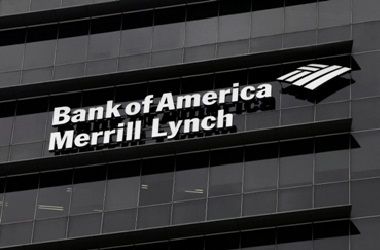Single-asset and single-borrower CMBS deals are accounting for a high proportion of activity in the market, as conduit refinancing slows and lenders face competition for assets.
Historically, a fraction of the CMBS market, deals backed by a single-loan or borrower have grown as a proportion of the market in recent years as investors show preference for the simplicity of the transaction and as the number of maturing conduit deals slumps.
In 2016, just 30% of total conduit and SASB volumes were accounted for by SASB deals. That rose to 48% by the end of 2018 and the proportion is the same so far this year, according to data in a report from Bank of America Merrill Lynch last Friday.
This comes as overall CMBS volumes slow. Prior to this week, US$18.03bn had been sold across the two products, compared with US$20.025bn in the same period last year, according to the BAML analysts.
EASIER TO UNDERWRITE
Some investors say they prefer the simplicity of SASB deals compared to multi-borrower conduit deals.
“Investors can get more comfortable going down the capital stack on a single-asset deal as they can get their hands around it more easily,” said Jen Ripper, investment specialist at Penn Mutual Asset Management.
SASB deals are also floating rate which has boosted their appeal in recent years in a rising rate environment, she said.
“Single-asset deals are so much easier to underwrite – it’s one borrower, or one property, and it’s so much easier to get your head around that,” said Dave Goodson, head of securitised credit at Voya Investment Management.
“Relative to conduit, you’re usually willing to accept less spread, because you can understand the risk more easily. It’s often something closer to a trophy asset, or otherwise more vanilla, so it’s become a more efficient funding model and it’s often easier for the street to sell deals.”
This demand for SASB deals is, to some extent, helping to keep the CMBS machine churning, according to Darrell Wheeler, managing director of CMBS strategy at Cantor Commercial Real Estate.
“SASB is a necessity due to the conduit market’s decreasing issuance and transaction size,” he said.
“SASB also been creating multiple pari passu notes that can be sprinkled into these smaller, low-leverage conduit transactions.”
PIPELINE DRYING UP
Conduit volumes dropped from US$48.1bn to US$40.1bn from 2017 to 2018 and although volumes are up slightly in the year to date, the pipeline “dries up significantly” after this round of issuance, according to BAML.
Just US$5bn of conduit deals are slated to mature this year and the bank expects conduit issuance to drop to just US$25bn-$30bn in 2019.
The decline in refinancing opportunities has weighed on volumes. Conduit deals, which have 10-year maturities, slumped in 2008 and 2009 because of the financial crisis.
And since then, CMBS lenders have faced fierce competition from other lenders, such as insurance companies, for loans that might have typically gone to the conduit market.
Poor borrower experiences have not helped the CMBS cause.
“Prior to the recession the CMBS industry as a whole did not do a great job with respect to ensuring ‘borrower satisfaction’,” wrote BAML analysts, citing poor experiences with loan servicers.
But against this backdrop, deal arrangers have been finding demand from investors and borrowers for a broad range of single-loan deals, to keep the CMBS machine churning.
This week, JP Morgan sold a US$65.7m single-loan deal backed by a portion of a US$115.7m mortgage on a portfolio of apartment buildings on the Upper East Side of Manhattan, New York, which was taken out by Icon Realty Management.
Two other single-asset deals are also expected to launch soon: a Morgan Stanley offering backed by loans on two Portland, Oregon hotels, and a Blackstone deal led by Citigroup, JP Morgan and Wells Fargo that finances the sponsors’ US$1.15bn mortgage on 16 showroom properties in Las Vegas and North Carolina.
